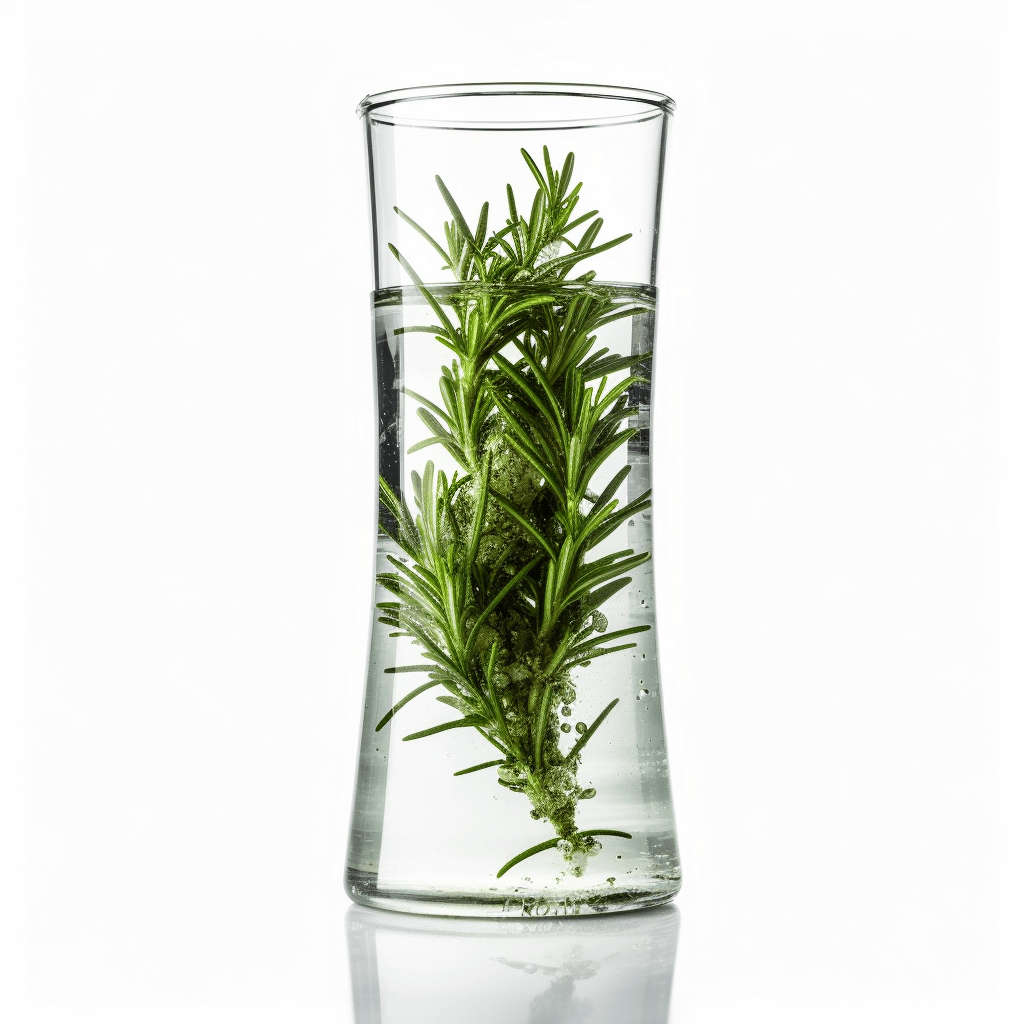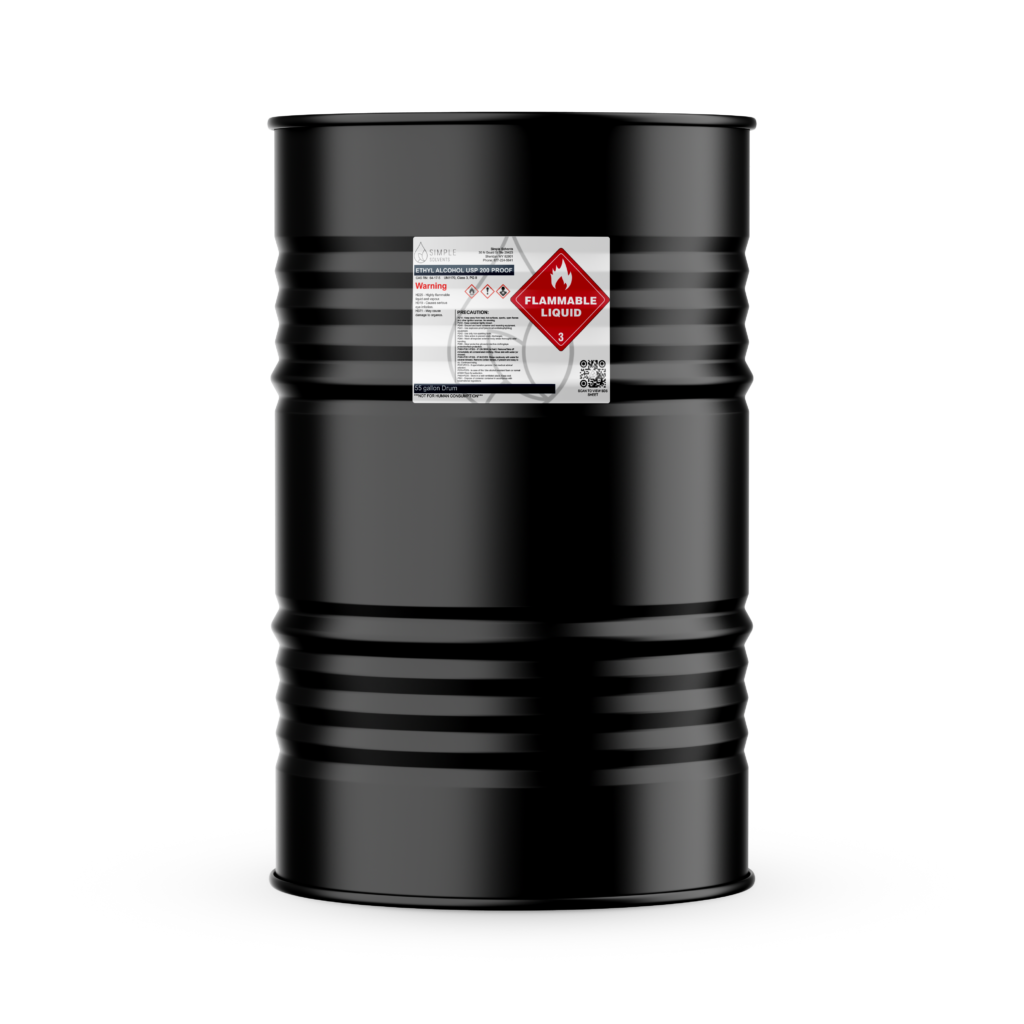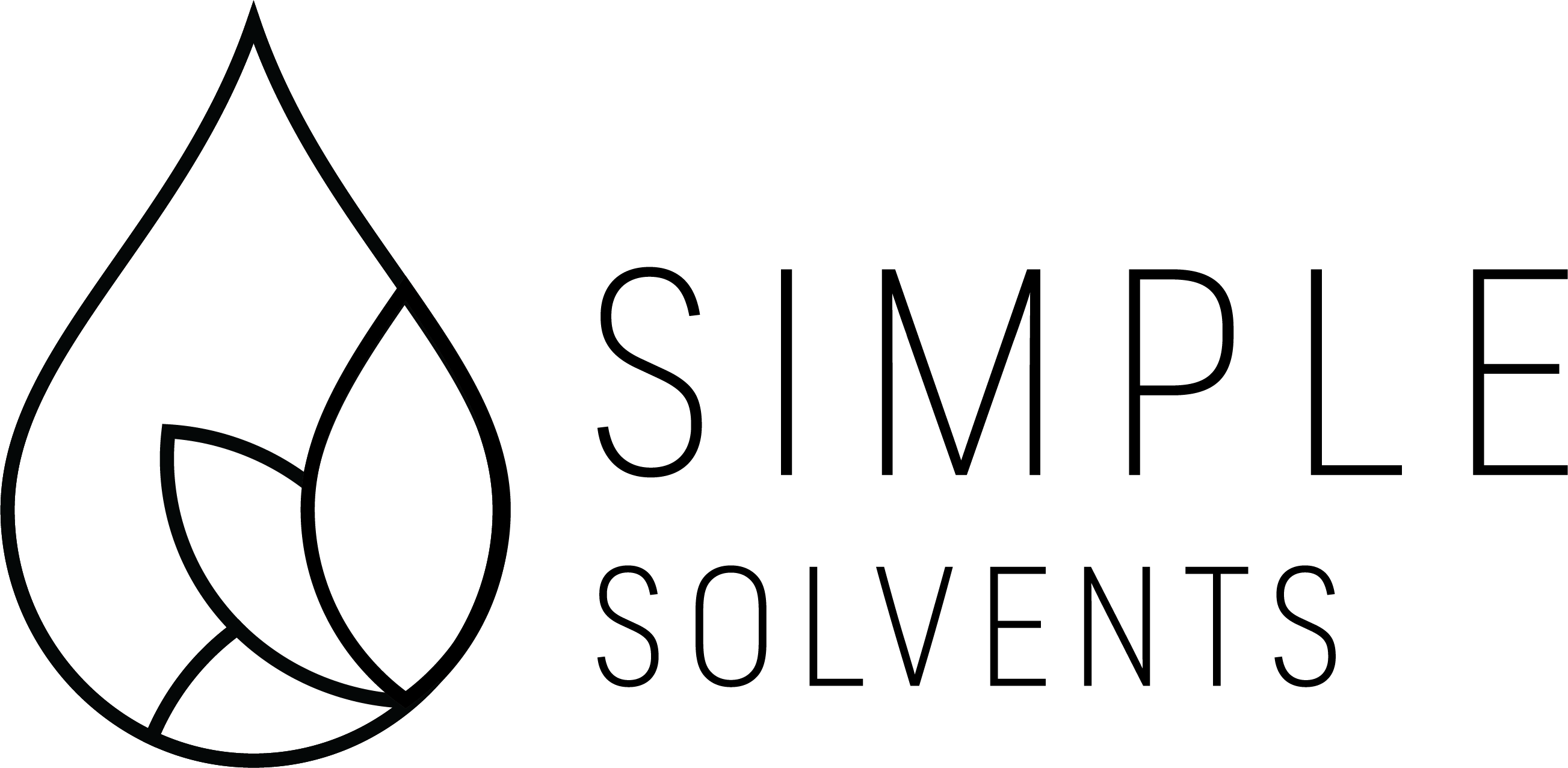What are the Different Grades of Ethanol?

What are the Different Grades of Ethanol?
A Comprehensive Guide to the Different Grades of Ethanol
What is Ethanol?
Ethanol proves to be a multipurpose solvent widely utilized across industries from pharmaceuticals to cosmetics to fuel production. However, not all grades of ethanols are equal – their quality can differ depending on the source, production method, and purity level.

What are the Different Grades of Ethanol?
Understand the important differences in grades of ethanol. Ethanol and the different grades are food-grade ethanol, pharmaceutical-grade ethanol, and industrial-grade ethanols can all be found on the market, each for different applications: manufacturers typically use Food-grade ethanol in food and beverage industries, while pharmaceutical-grade ethanol can be used in producing medicines and medical devices; finally, industrial-grade ethanol serves to produce fuels, solvents, and cleaning solutions.
Food-Grade Ethanol (FCC)
FCC ethanol is typically found in food and beverage industries for applications like botanical extraction, flavoring, coloring, and more. Food-grade ethanol meets the purity standards on the food chemical codex monograph with low levels of impurities.
Pharmaceutical Grade Ethanol (USP)
Pharmaceutical-grade ethanol produces medicines like cough syrups, analgesics, and antiseptics. It must meet the purity standards set by the United States Pharmacopeia (USP) monograph. The USP monograph specifies the minimum purity requirements for pharmaceutical ingredients, including ethanol. The maximum impurity allowance for pharmaceutical-grade ethanol is .5% by weight.
Industrial-Grade Ethanol
Industrial-grade ethanol is used in various industrial applications, such as fuel, solvent, and cleaning agents. It is less pure than food-grade and pharmaceutical-grade ethanol and may contain higher impurities. Industrial-grade ethanol must meet the purity standards of the American Society for Testing and Materials (ASTM) and the Environmental Protection Agency (EPA). The maximum impurity allowance for industrial-grade ethanol is 1% by weight.
Fuel-Grade Ethanol
People use fuel grade ethanol as a fuel additive or standalone fuel. They commonly blend it with gasoline in ratios ranging from 5% to 85%. The use of fuel grade ethanol benefits society by reducing greenhouse gas emissions, reducing dependence on fossil fuels, and increasing the octane rating of gasoline.
FCC and USP Monographs
FCC and USP monographs are laboratory testing methods that specify quality standards and purity requirements for food ingredients, medicines, and medical devices that utilize ethanol. The FCC monograph is published by the National Academy of Sciences, while the USP monograph is issued by the United States Pharmacopeial Convention. Both monographs are widely recognized and accepted as the industry standards for purity and quality.
Ethanol FCC and USP Monograph
Identity: The monograph should clearly describe the identity of the ethanol, including its chemical name, formula, and CAS number. It should also specify the source of the ethanol, such as natural fermentation or synthetic production.
Purity: The monograph should specify the minimum purity requirements for the ethanol, including limits for impurities such as water, methanol, and other organic compounds. The purity requirements should be based on the intended use of ethanol in food products.
Strength: The monograph should specify the minimum and maximum concentration of ethanol allowed in food products. This will depend on the ethanol’s intended use and any safety concerns related to its consumption.
Analytical methods: The monograph should provide detailed instructions for the analytical techniques that should be used to test the purity and strength of the ethanol. This may include methods such as gas chromatography, spectrophotometry, or titration.
Packaging and labeling: The monograph should specify the requirements for the packaging and labeling of the ethanol, including the type of container, labeling requirements, and any storage conditions necessary to maintain the quality of the product.
Safety considerations: The monograph should provide information on any safety considerations related to the use of ethanol in food products, including any potential health hazards or toxicity issues. It should also specify any precautions that should be taken to ensure the safe handling and use of the product.
Signature: Authorized signature of a representative who conducted the analysis.
In addition to the above requirements, the ethanol monograph may include other relevant information, such as its physical and chemical properties, stability, and any known interactions with other food ingredients.
FCC Monograph Impurities
The allowable impurities in parts per million (ppm) for ethanol that pass an FCC monograph lab test are as follows:
- Methanol: Not more than 50 ppm
- Acetone and other ketones: Not more than 20 ppm
- Aldehydes: Not more than 10 ppm
- Higher alcohols (propanol, isopropanol, butanol, etc.): Not more than 100 ppm
- Esters: Not more than 100 ppm
- Acidity (as acetic acid): Not more than 2 ppm
- Alkalinity (as Na2CO3): Not more than 5 ppm
In addition to the allowable impurities, there are additional ethanol specifications that pass an FCC monograph lab test. These specifications include the following:
- Ethanol content: Not less than 94.9% and not more than 96.%
- Water content: Not more than 500 ppm
- Non-volatile residue: Not more than 10 ppm
- Lead: Not more than .1 ppm
- Methanol: Not more than 200 ppm
- Acetaldehyde: Not more than 10 ppm
- Acetone: Not more than 10 ppm
- Ethyl acetate: Not more than 50 ppm
- Isopropyl alcohol: Not more than 100 ppm
- Methanol and isopropyl alcohol combined: Not more than 200 ppm
Regarding additional specifications, the specific gravity of ethanol that passes an FCC monograph lab test should be between .812 and .816 at 25°C. The UV absorbance of a 1:10 mixture of ethanol and water should not exceed .025 at 210 nm and .050 at 220 nm.
Always note, the allowable impurities and additional specifications are subject to change and may vary depending on the specific FCC monograph lab test being conducted. As such, always consult the latest FCC monograph for the most up-to-date information.
USP Monograph Impurities and Specifications
The allowable impurities in parts per million (ppm) for ethanol that passes a USP monograph lab test are as follows:
- Methanol: Not more than 200 ppm
- Acetone and other ketones: Not more than 500 ppm
- Aldehydes: Not more than 10 ppm
- Higher alcohols (propanol, isopropanol, butanol, etc.): Not more than 300 ppm
- Esters: Not more than 100 ppm
- Acidity (as acetic acid): Not more than .005%
- Alkalinity (as Na2CO3): Not more than .02%
In addition to the allowable impurities, there are additional ethanol specifications that pass a USP monograph lab test. These specifications include the following:
- Ethanol content: Not less than 94.9%
- Water content: Not more than .5%
- Non-volatile residue: Not more than .01%
- Lead: Not more than .5 ppm
- Methanol: Not more than 200 ppm
- Acetaldehyde: Not more than 10 ppm
- Acetone: Not more than 500 ppm
- Ethyl acetate: Not more than 100 ppm
- Isopropyl alcohol: Not more than 500 ppm
- Methanol and isopropyl alcohol combined: Not more than 500 ppm
Regarding additional specifications, the specific gravity of ethanol that passes a USP monograph lab test should be between .812 and .816 at 25°C. The UV absorbance of a 1:10 mixture of ethanol and water should not exceed .05 at 210 nm and .12 at 220 nm.
Allowable impurities and additional specifications change and may vary depending on the specific USP monograph lab test being conducted. Therefore, always consult the latest USP monograph for the most up-to-date information.
Impurity Allowances
The FCC, USP, ASTM, and EPA set the maximum impurity allowances for each grade of ethanol. The impurity allowances are expressed as a percentage by weight. The impurities in ethanol can be harmful at certain parts per million (ppm). For example, methanol, a common impurity in ethanol, can cause blindness or death if ingested in high concentrations.
Simple Solvents Can Help
At Simple Solvents, we understand the importance of purity and quality in ethanol but also understand the need for different grades of ethanol. We offer various premium-quality ethanol products thoroughly tested using FCC and USP monographs. Our experts can help you choose the suitable ethanol for your application, whether it’s food, pharmaceutical, or industrial. Contact us today to learn more about our ethanol products and services.
Conclusion
In conclusion, ethanol’s versatility makes it an essential chemical used in a wide range of applications depending on the grades of ethanol required. The different grades of ethanol, including food grade, pharmaceutical grade, and industrial grade, have additional purity requirements and intended uses. FCC and USP monographs are important laboratory testing methods that ensure the purity and quality of ethanol. Simple Solvents understands all purities, lab tests, and the proper uses associated with each grade. We can help you choose the appropriate ethanol for your application.
Buy grades of highproof ethanol being sold at Simple Solvents 200 Proof & 190 Proof USP Ethanol.
